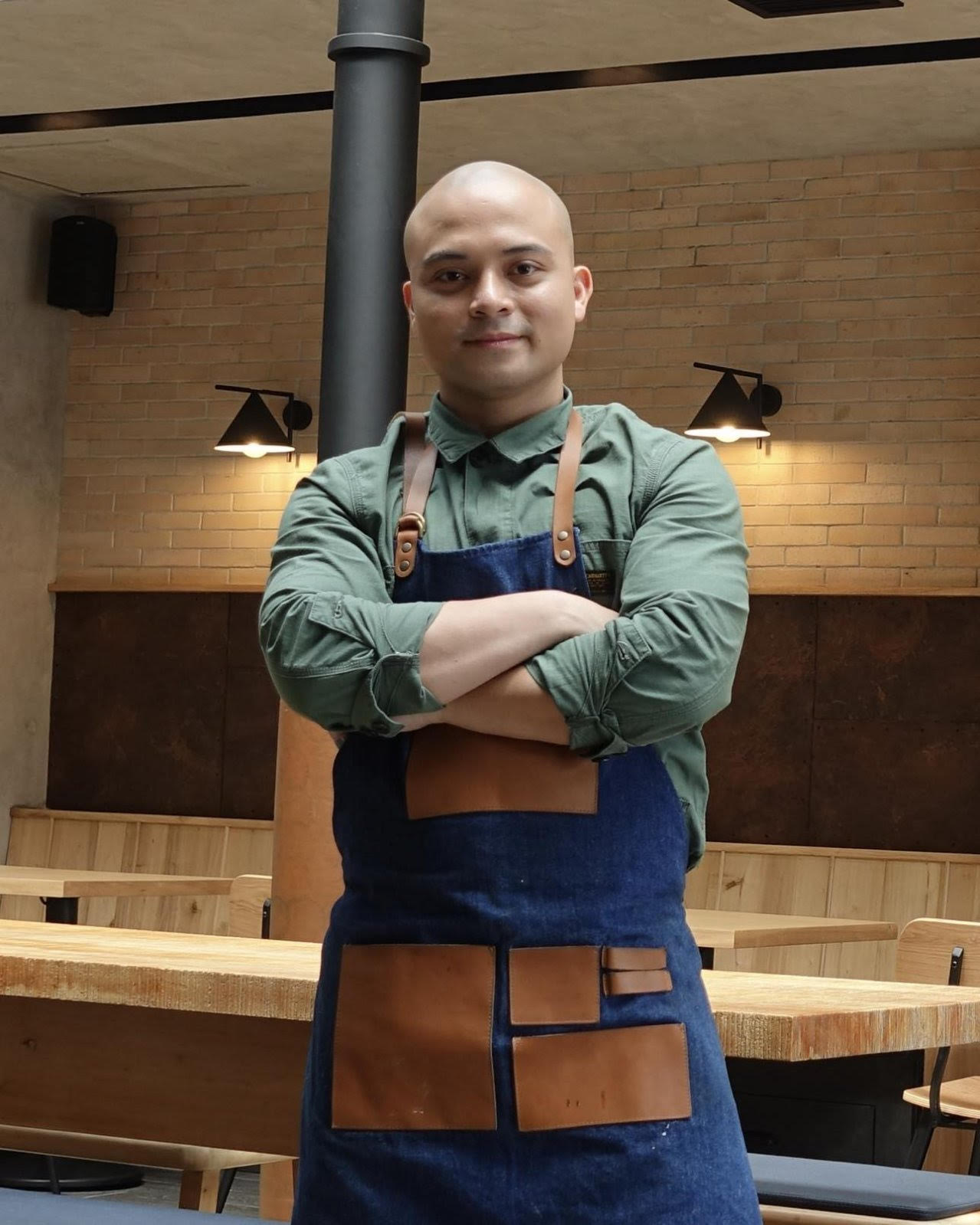When you want to eat premium kaisendon, Go!
Following Mecha Uma's closure in December 2023, sushi genius Bruce Ricketts and his team launch a fast-casual pop-up concept at Power Plant Mall in Rockwell
By AA Patawaran
At A Glance
- I want customers to feel like they can have Go as comfort food daily, easy and familiar, but without the absence of craft, care, and quality. —Bruce Ricketts

You just have to put one foot in front of the other and keep going. That’s what George Lucas said, who added, “Put blinders on and plow right ahead.” And that’s exactly the motivation behind this new dining concept Go, from the verb go ('gō), defined in Merriam- Webster dictionary as “to move on a course: proceed,” or “to apply oneself” or “to begin, maintain, or perform a certain action or motion.”
Which is exactly what Bruce Ricketts and his band of sushi-obsessed misfits—the same teams behind Sensei and Mecha Uma—are doing, having set up the popup Go at Stall 17 of the Grid Food Market on the second floor of the Power Plant Mall in Rockwell, Makati, featuring their specialized take on sushi, a
Japanese favorite.
Go is an abstract strategy board game, it’s five, 五, in Japanese and also a Japanese measurement for rice, it’s another word for “becoming.” Now, it’s Go, capital G, or Go by Sensei, a fast-casual kaisendon pop-up concept that, until the end of May this year, offers a strong and concise selection of raw seafood rice bowls.
This fifth concept of the Bruce Ricketts culinary brand ups the ante of his sushi
genius in a fun, bold format. Renowned chef and Manila Bulletin Lifestyle columnist Sandy Daza once described such genius as “You know how some kids at three years old can sit on a piano and play great music? Chef Bruce Ricketts is like that, born with the talent of a great sushi chef!”
Go by Sensei was developed while the sushi master and his team were on hiatus after Mecha Uma’s closure in December 2023 after nine years of making waves in the food scene. It’s a prelude to Iai, Bruce’s next sushi omakase restaurant slated to open later this year. “It’s the perfect opportunity for my team and me to practice our fish and sushi rice techniques before Iai opens,” he says. “We don’t want to get rusty and we want to keep on serving, but we want to have fun with a cool format that’s new to us.”
Go, according to Bruce, has a very small menu with the same integrity of ingredients and techniques his seasonal sushi omakase counter would offer, but with a more casual, quick vibe. “We wanted to do something fun and accessible with the sushi expertise we’ve developed in Sensei and Mecha Uma, and we thought that a pop-up kaisendon concept would be the perfect way to do that,” he explains. “Think of it as the bridge between the more serious approach of Mecha Uma and the casual comfort of Sensei, all in a food hall you could visit any time of day.”
What Go has to offer is not quite like the typical kaisen donburi or chirashi sushi with a variety of toppings to choose from at Japanese food markets like Tsukiji. Bruce’s fish aging and slicing expertise, as well as his use of shari or vinegared sushi rice, makes the difference, raising the dish bowl to a premium level without having to pack it with an assortment of seafood as would a regular kaisen or chirashi bowl.
Best enjoyed at room temperature, like most of the kaisendon offerings on Go’s menu, the signature dish, according to Bruce, is the Akamizuke, shoyu marinated maguro or yellowfin tuna.

“There’s also the Salmon Oyako, “mother and child” in Japanese, as it has salmon and ikura, which, I think, will be a crowd favorite,” he adds. “We also have more premium bowls like a Smoked Toro kaisendon that’s basically a big-format version of the smoked toro nigiri that was our signature at Mecha Uma.
Each kaisendon comes as a set with miso soup, nori, and pickles and customers can eat it like a straightforward chirashi bowl or make their own temaki if they like.”
How do Bruce and his team ensure craft, care, and quality in something as casual as Go by Sensei? “We start with fish that we age depending on the conditions of arrival. We work with local yellowfin and big-eye tuna that we acquire whole and butcher in Sensei, as well as farmed Japanese bluefin tuna, chilled salmon, and hamachi that goes through ikejime and dry aging,” he says. “We work with a local Japanese rice farm in Canlaon, Bacolod, that provides us with koshihikari and we manually polish, wash, and soak the rice overnight to ensure even cooking throughout the batch. We’re also really proud of our sushi rice vinegar, which is a blend of three types (rice, sake lees, and aged vinegar) that gives our shari a nice richness, color, and freshness.
These are all practices that I do behind my omakase counter as well as in Sensei. We’ve developed these techniques for over a decade, and they’ve grown and evolved as I have.”
Follow @go__sensei on Instagram.